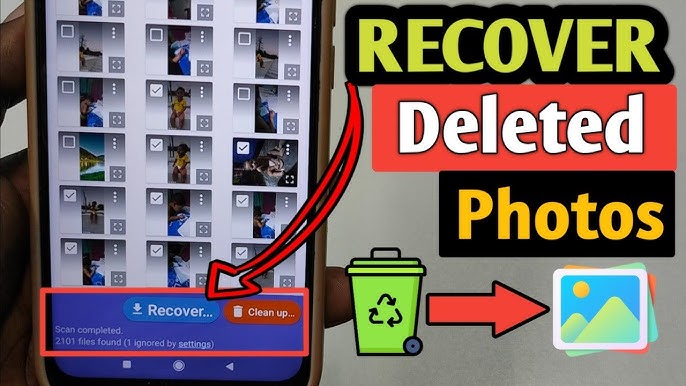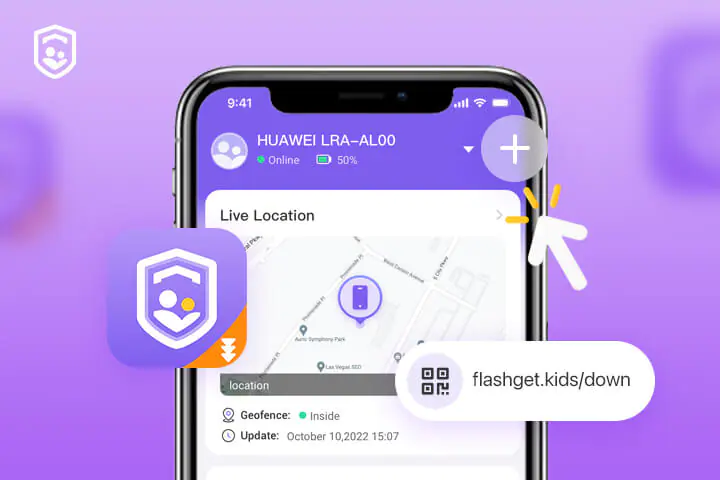The Ultimate Guide to File and Photo Recovery: Restore Your Precious Memories
In today’s digital age, losing precious files or photos can be a nightmare. Whether it’s due to accidental deletion, device malfunction, or software errors, recovering lost data has become an essential skill. Fortunately, file recovery and photo recovery tools are here to save the day. This article will guide you through the process of recovering your lost files and photos, explaining the best methods, tools, and preventive measures to safeguard your data.
Understanding File and Photo Loss
Data loss can occur for various reasons, such as:
- Accidental Deletion: Pressing the wrong button can lead to instant deletion of important files or photos.
- Device Formatting: Formatting a device without proper backups can wipe all stored data.
- Corrupted Files: Viruses, malware, or sudden power outages can corrupt files.
- Hardware Issues: Physical damage to storage devices, such as hard drives or memory cards, can make data inaccessible.
- Software Glitches: Bugs in operating systems or apps can result in unexpected data loss.
Effective Methods for File and Photo Recovery
Recovering lost data might seem overwhelming, but the following methods can help:
1. Check Recycle Bin or Trash
For files or photos accidentally deleted on your computer, check the Recycle Bin (Windows) or Trash (Mac). If the files are there, simply restore them to their original location.
2. Use Built-In Recovery Features
Many devices come with built-in recovery tools:
- Windows File History: Allows you to restore previous versions of files.
- Mac Time Machine: Restores deleted files from backups.
- Android and iOS Cloud Services: Recover files or photos from Google Photos, iCloud, or other linked services.
3. Recovery Software Tools
Several reliable third-party tools are designed specifically for file and photo recovery:
- EaseUS Data Recovery Wizard: User-friendly interface, supports a wide range of file types.
- Recuva: Ideal for recovering data from hard drives, memory cards, and USB drives.
- Disk Drill: Offers advanced scanning algorithms for deep recovery.
- PhotoRec: Open-source tool focused on recovering images and other file types.
4. Seek Professional Help
If your storage device is physically damaged, it’s best to consult professional recovery services. Specialists use advanced tools to retrieve data from broken or corrupted devices.
5. Cloud Backup Recovery
For files stored in cloud services like Google Drive, Dropbox, or OneDrive, visit the service’s “Trash” or “Deleted Items” section to restore files within the retention period.
Step-by-Step Guide to Using Recovery Software
Let’s take a closer look at how to use recovery software, using EaseUS Data Recovery Wizard as an example:
- Download and Install: Visit the official website and install the software.
- Select the Location: Choose the drive or folder where the lost files were stored.
- Scan the Drive: Perform a quick scan or deep scan based on your needs.
- Preview Files: Check the recoverable files before restoring.
- Recover: Select the files and save them to a different location to prevent overwriting.
Preventive Measures to Avoid Future Data Loss
Prevention is better than cure. Follow these steps to minimize the risk of losing files or photos:
- Regular Backups: Use external drives or cloud services to back up important data.
- Enable Auto-Save Features: Many apps and operating systems offer auto-save or auto-backup features.
- Use Reliable Antivirus Software: Protect your devices from malware and viruses.
- Handle Storage Devices Carefully: Avoid dropping or mishandling external drives or memory cards.
- Monitor Storage Health: Use tools like CrystalDiskInfo to monitor the health of your hard drives.
FAQs About File and Photo Recovery
Q: Can all deleted files be recovered?
A: Recovery success depends on factors like the time elapsed since deletion, overwriting of data, and the recovery method used.
Q: Are free recovery tools effective?
A: Yes, free tools like Recuva can recover many files, but premium tools often offer better results and support.
Q: How long does the recovery process take?
A: The duration depends on the size of the storage device and the type of scan performed.
Conclusion
File recovery and photo recovery tools are lifesavers when faced with data loss. By understanding the causes, using the right tools, and adopting preventive measures, you can protect your precious memories and important files. Whether you choose DIY methods or professional help, act quickly to maximize the chances of successful recovery.
Remember, regular backups and cautious handling of your devices are the best defenses against future data loss. Stay prepared and safeguard your digital life






